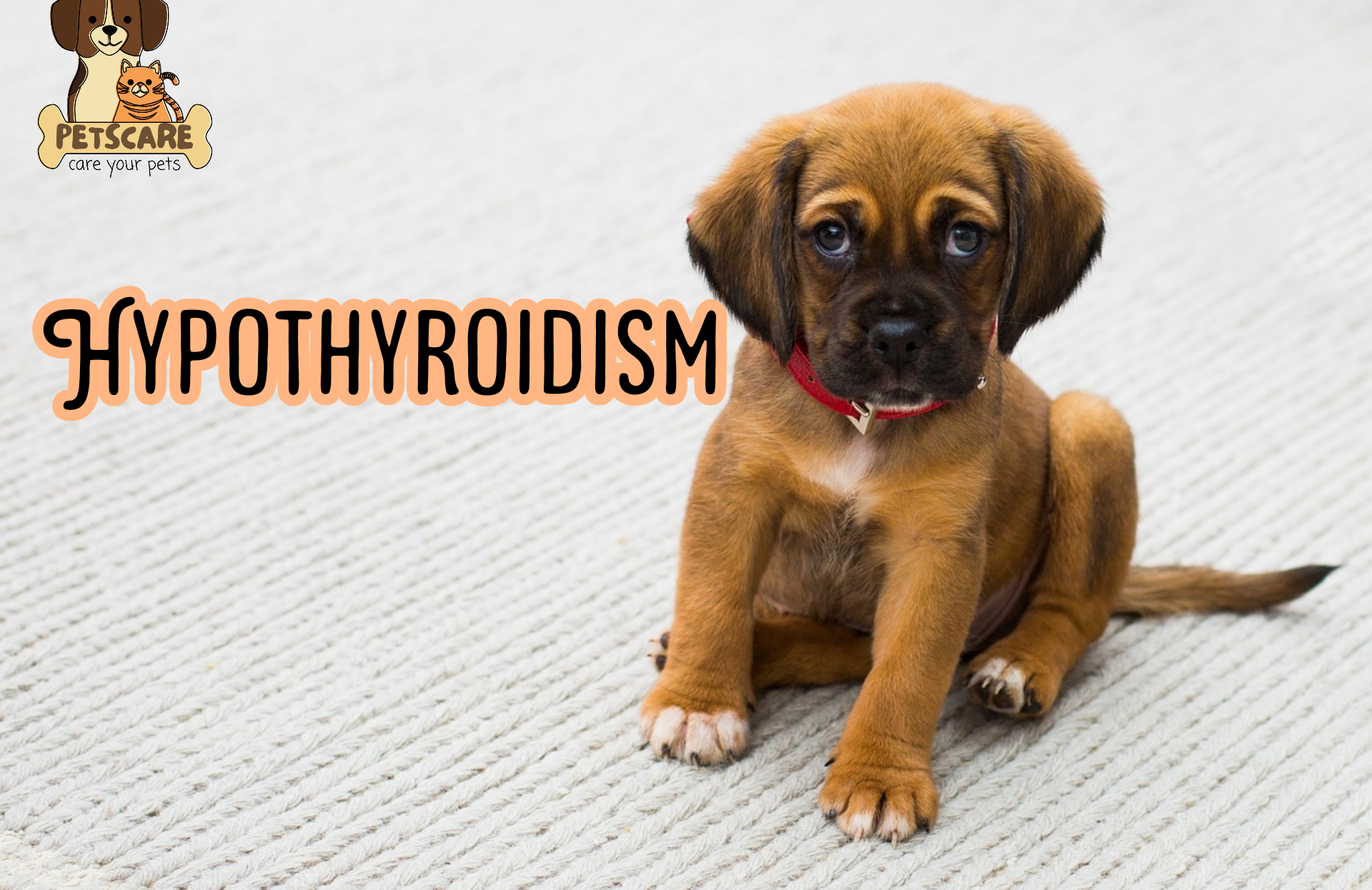Introduction to Boxer Dog Health
Hey guys, I’m Dr. Lindsey Butzer, a small animal veterinarian. Let’s learn about the top five most common health issues in the boxer dog breed. If you’re not following my other social media sites already, such as Instagram, please check that out for more animal content.
1. Deafness in White Boxers

Prevalence: 20% of white boxers may be deaf due to the lack of pigment in the inner ear canal, causing the loss of sensory hair cells.
Genetic Factors: White boxers can have both fawn parents if they have white markings on the face, legs, and chest. The more white your boxer has, the higher the chance of them being deaf.
Testing: You can test your white boxer puppy at a veterinary neurologist who has a BAER, or brain stem auditory evoked response test, when they are older than eight weeks old for accurate results. This test will let you know if they have hearing in both ears, one ear, or are completely deaf.
Living with Deafness: Deaf puppies can still have a normal and happy life but require more training and precautions since they can’t hear.
2. Boxer Cardiomyopathy (ARVC)

Boxer cardiomyopathy
prevalence: Boxer cardiomyopathy is a genetic disease found in about 40% of the boxer population and typically occurs around five to seven years old, though it can happen earlier.
Disease Mechanism: The heart muscle is replaced with fat and scar tissue, causing electrical instability and resulting in irregular heartbeats or arrhythmias.
Detection: Hard to detect on a physical exam because irregular beats can occur at random times. The dangerous arrhythmia, VPCs (ventricular premature complexes), can cause weakness, collapse, or even sudden death.
Diagnosis and Management:
Collapse episodes prompt visits to a vet or veterinary cardiologist.
Holter monitor: A 24-hour ECG worn at home to evaluate heart rhythm.
NC A state DNA test checks if your boxer carries the genes responsible for ARVC.
Prognosis: Boxers with ARVC can live a normal life with a veterinary cardiologist’s help.
3. Degenerative Myelopathy in Boxers

Similarity to Human Disease: Similar to Lou Gehrig’s disease or ALS in humans, causing progressive hind-end weakness to paralysis.
Age of Onset: This typically affects dogs around six to nine years old.
Genetic Testing: A genetic test can determine if your boxer is a carrier of DM.
Treatment and Management: No cure is available.
Pain medication, sling walks, and wheelchairs help manage symptoms.
Most affected dogs are humanely euthanized within one to three years of developing the disease.
4. Mast Cell Tumors in Boxer Dogs

Mast Cell tumors
Explanation: Tumors are made up of mast cells, which release histamine, causing allergic reactions.
Prevalence: Found in boxers more than any other breed.
Appearance: Tumors can look like lumps that change size depending on their histamine activity.
Benign vs. malignant: can be either; benign tumors can become malignant.
Treatment: Any lump should be removed and sent for analysis to determine its grade (1 to 3).
surgical removal with good margins, followed by radiation or chemotherapy if needed.
Prognosis: Best for tumors on the limbs.
poor for those on the genitals, muzzle, mouth, and nail beds.
very poor for internal organs or bone marrow.
For grades 1-2 fully removed, the success rate of no recurrence within three years is 90–95%.
5. Hypothyroidism in Boxer Dogs

Hypothyroidism
Health Issues in Boxer Dog
Prevalence: Boxers are among the top five most common breeds to have hypothyroidism, an autoimmune disease causing low thyroid levels.
Symptoms: sluggishness and weight gain.
Flank alopecia (hair loss along both sides of the body).
Diagnosis: a blood test to check thyroid levels.
Treatment: medications to increase thyroid levels.
Prognosis: Dogs with hypothyroidism can live a normal lifespan and usually develop the disease around six to nine years old.
I got them both up here to say goodbye and thank you for learning about the boxer dog breed.
Learn more about: Top 10 Most Beautiful Dog Breeds

